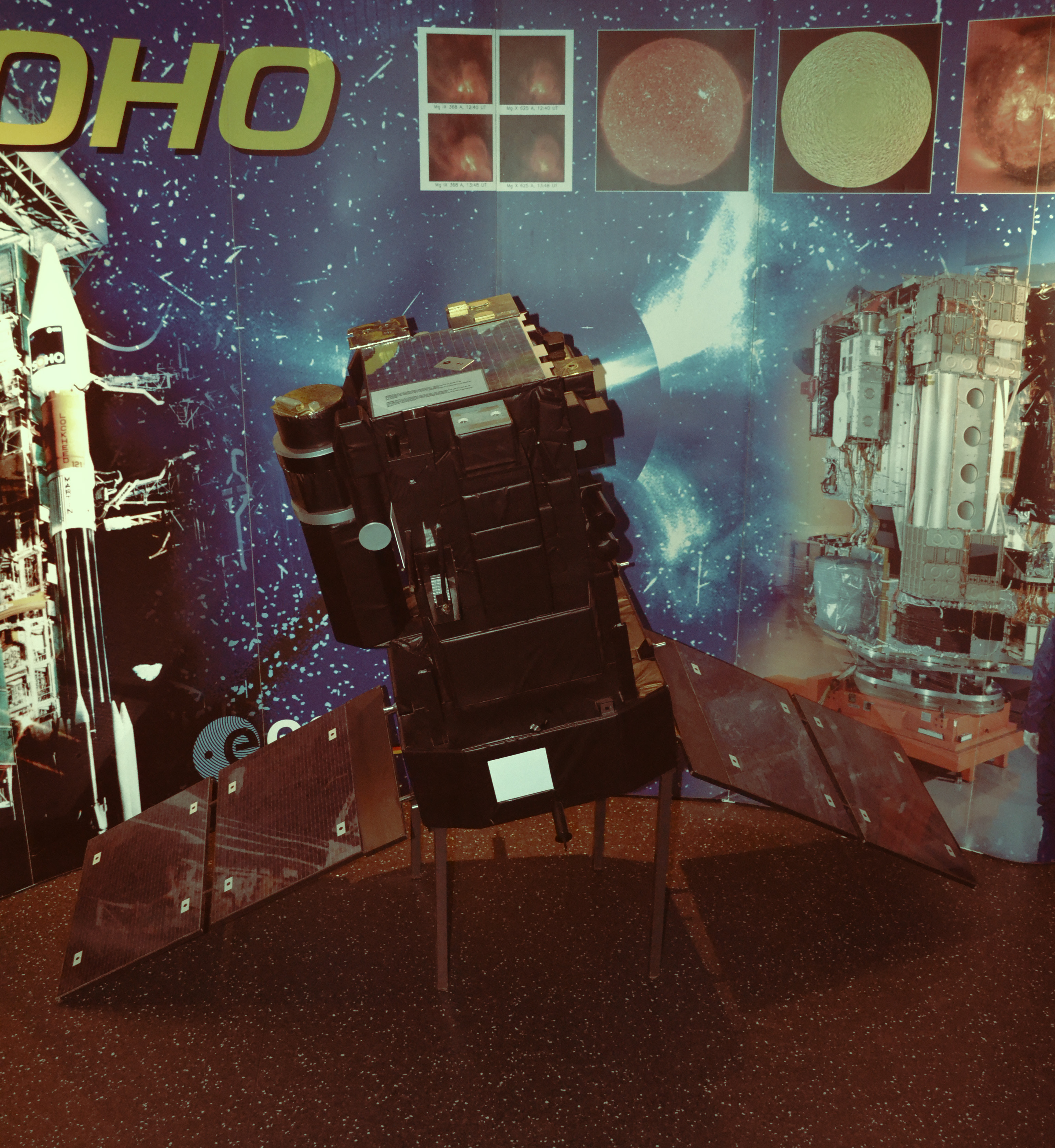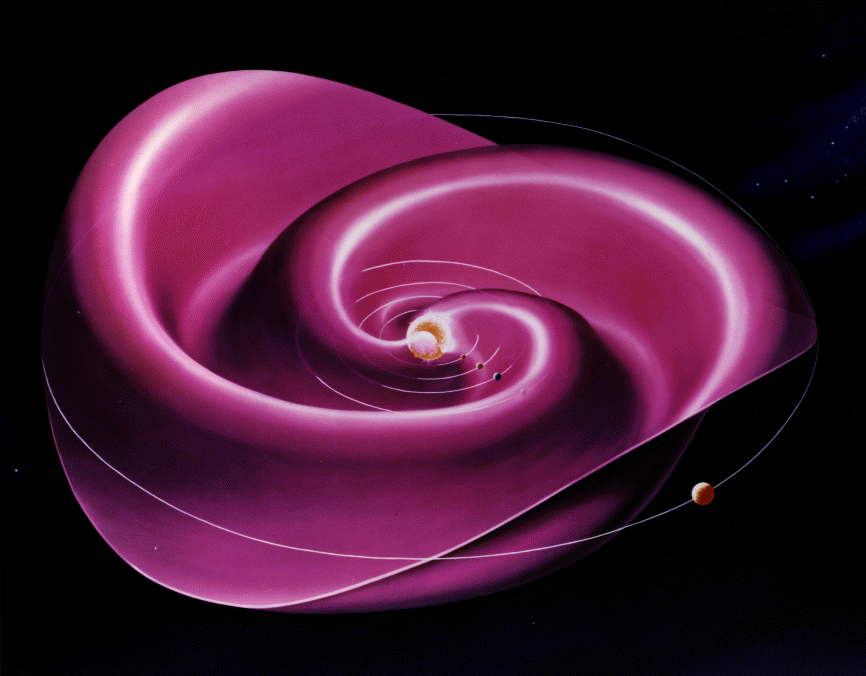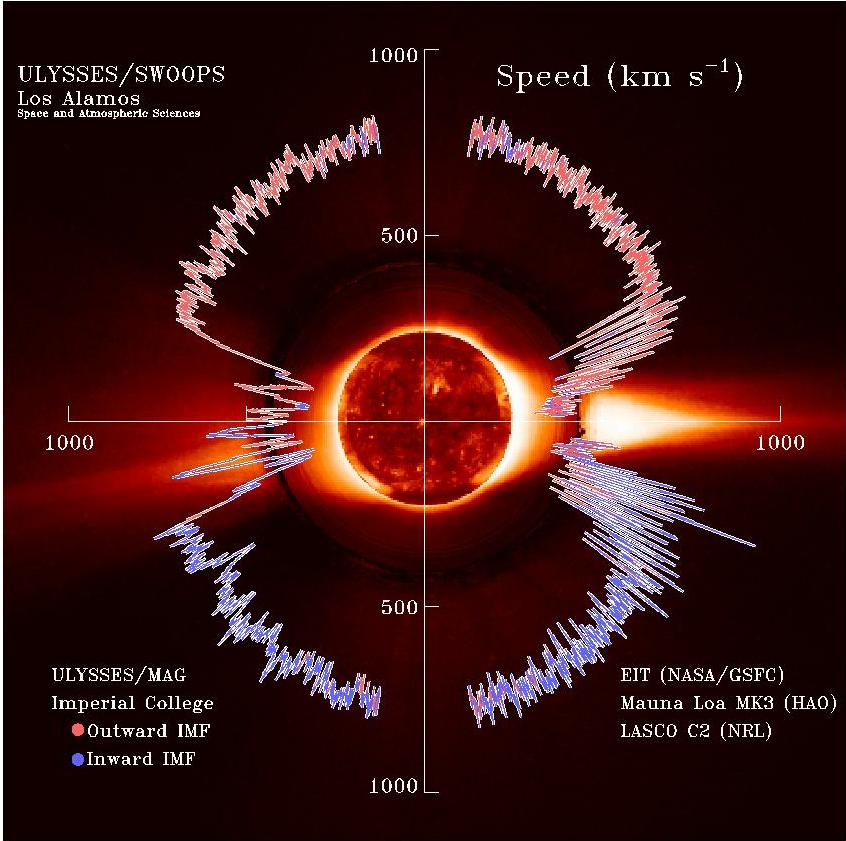|
Lagrange (spacecraft)
''ESA Vigil'', formerly known as ''Lagrange'', is a planned solar weather mission by the European Space Agency. It envisions two spacecraft to be positioned at Lagrangian points L1 and L5.Design call for 'solar sentinel' mission Jonathan Amos, ''BBC News''. 2 February 2018. [...More Info...] [...Related Items...] OR: [Wikipedia] [Google] [Baidu] |
European Space Agency
, owners = , headquarters = Paris, Île-de-France, France , coordinates = , spaceport = Guiana Space Centre , seal = File:ESA emblem seal.png , seal_size = 130px , image = Views in the Main Control Room (12052189474).jpg , size = , caption = , acronym = , established = , employees = 2,200 , administrator = Director General Josef Aschbacher , budget = €7.2 billion (2022) , language = English and French (working languages) , website = , logo = European Space Agency logo.svg , logo_caption = Logo , image_caption = European Space Operations Centre (ESOC) Main Control Room The European Space Agency (ESA; french: Agence spatiale européenne , it, Agenzia Spaziale Europea, es, Agencia Espacial Europea ASE; german: Europäische Weltraumorganisation) is an intergovernmental organisation of 22 member states dedicated to the exploration of space. Established in 1975 and headquartered i ... [...More Info...] [...Related Items...] OR: [Wikipedia] [Google] [Baidu] |
Mullard Space Science Laboratory
The UCL Mullard Space Science Laboratory (MSSL) is the United Kingdom's largest university space research group. MSSL is part of the Department of Space and Climate Physics at University College London (UCL), one of the first universities in the world to conduct space research. Since its establishment, MSSL has participated in 35 satellite missions, 10 of which are currently in operation, and in over 200 sounding rocket experiments. It takes its name from Mullard Limited, and is located in Holmbury St Mary in the Surrey Hills AONB, near the town of Dorking in the county of Surrey, England. History In 1957 Sir Harrie Massey of UCL directed the first Skylark rocket experiments. In 1962 Massey led a team from UCL, Imperial College London, the University of Birmingham and the University of Leicester that developed many of the instruments on Ariel 1, the world's first multinational spacecraft. By 1966 the demands had outgrown the laboratory space available in London and Massey ask ... [...More Info...] [...Related Items...] OR: [Wikipedia] [Google] [Baidu] |
Solar Terrestrial Relations Observatory
Stereophonic sound, or more commonly stereo, is a method of sound reproduction that recreates a multi-directional, 3-dimensional audible perspective. This is usually achieved by using two independent audio channels through a configuration of two loudspeakers (or stereo headphones) in such a way as to create the impression of sound heard from various directions, as in natural hearing. Because the multi-dimensional perspective is the crucial aspect, the term ''stereophonic'' also applies to systems with more than two channels or speakers such as quadraphonic and surround sound. Binaural sound systems are also ''stereophonic''. Stereo sound has been in common use since the 1970s in entertainment media such as broadcast radio, recorded music, television, video cameras, cinema, computer audio, and internet. Etymology The word ''stereophonic'' derives from the Greek (''stereós'', "firm, solid") + (''phōnḗ'', "sound, tone, voice") and it was coined in 1927 by Western Ele ... [...More Info...] [...Related Items...] OR: [Wikipedia] [Google] [Baidu] |
Solar And Heliospheric Observatory
The Solar and Heliospheric Observatory (SOHO) is a European Space Agency (ESA) spacecraft built by a European industrial consortium led by Matra Marconi Space (now Airbus Defence and Space) that was launched on a Lockheed Martin Atlas IIAS launch vehicle on 2 December 1995, to study the Sun. It has also discovered over 4,000 comets.(2,703 discoveries as of 21 April 2014) It began normal operations in May 1996. It is a joint project between the (ESA) and . SOHO was part of the Interna ... [...More Info...] [...Related Items...] OR: [Wikipedia] [Google] [Baidu] |
Interplanetary Medium
The interplanetary medium (IPM) or interplanetary space consists of the mass and energy which fills the Solar System, and through which all the larger Solar System bodies, such as planets, dwarf planets, asteroids, and comets, move. The IPM stops at the heliopause, outside of which the interstellar medium begins. Before 1950, interplanetary space was widely considered to either be an empty vacuum, or consisting of " aether". Composition and physical characteristics The interplanetary medium includes interplanetary dust, cosmic rays, and hot plasma from the solar wind. The temperature of the interplanetary medium varies. For dust particles within the asteroid belt, typical temperatures range from 200 K (−73 °C) at 2.2 AU down to 165 K (−108 °C) at 3.2 AU. The density of the interplanetary medium is very low, decreasing in inverse proportion to the square of the distance from the Sun. It is variable, and may be affected by magnetic fields and ... [...More Info...] [...Related Items...] OR: [Wikipedia] [Google] [Baidu] |
Plasma (physics)
Plasma () 1, where \nu_ is the electron gyrofrequency and \nu_ is the electron collision rate. It is often the case that the electrons are magnetized while the ions are not. Magnetized plasmas are ''anisotropic'', meaning that their properties in the direction parallel to the magnetic field are different from those perpendicular to it. While electric fields in plasmas are usually small due to the plasma high conductivity, the electric field associated with a plasma moving with velocity \mathbf in the magnetic field \mathbf is given by the usual Lorentz force, Lorentz formula \mathbf = -\mathbf\times\mathbf, and is not affected by Debye shielding. Mathematical descriptions To completely describe the state of a plasma, all of the particle locations and velocities that describe the electromagnetic field in the plasma region would need to be written down. However, it is generally not practical or necessary to keep track of all the particles in a plasma. Therefore, plasma physicist ... [...More Info...] [...Related Items...] OR: [Wikipedia] [Google] [Baidu] |
Solar Energetic Particles
Solar energetic particles (SEP), formerly known as solar cosmic rays, are high-energy, charged particles originating in the solar atmosphere and solar wind. They consist of protons, electrons and heavy ions with energies ranging from a few tens of keV to many GeV. The exact processes involved in transferring energy to SEPs is a subject of ongoing study. SEPs are relevant to the field of space weather, as they are responsible for SEP events and ground level enhancements. History SEPs were first detected in February and March 1942 by Scott Forbush indirectly as ground level enhancements. Solar particle events SEPs are accelerated during solar particle events. These can originate either from a solar flare site or by shock waves associated with coronal mass ejections (CMEs). However, only about 1% of CMEs produce strong SEP events. Two main mechanisms of acceleration are possible: diffusive shock acceleration (DSA, an example of second-order Fermi acceleration) or the shock-drif ... [...More Info...] [...Related Items...] OR: [Wikipedia] [Google] [Baidu] |
Solar Corona
A corona ( coronas or coronae) is the outermost layer of a star's atmosphere. It consists of plasma. The Sun's corona lies above the chromosphere and extends millions of kilometres into outer space. It is most easily seen during a total solar eclipse, but it is also observable with a coronagraph. Spectroscopic measurements indicate strong ionization in the corona and a plasma temperature in excess of , much hotter than the surface of the Sun, known as the photosphere. The word ''corona'' is , in turn derived . History In 1724, French-Italian astronomer Giacomo F. Maraldi recognized that the aura visible during a solar eclipse belongs to the Sun, not to the Moon. In 1809, Spanish astronomer José Joaquín de Ferrer coined the term 'corona'. Based in his own observations of the 1806 solar eclipse at Kinderhook (New York), de Ferrer also proposed that the corona was part of the Sun and not of the Moon. English astronomer Norman Lockyer identified the first element unknown on E ... [...More Info...] [...Related Items...] OR: [Wikipedia] [Google] [Baidu] |
Photosphere
The photosphere is a star's outer shell from which light is radiated. The term itself is derived from Ancient Greek roots, φῶς, φωτός/''phos, photos'' meaning "light" and σφαῖρα/''sphaira'' meaning "sphere", in reference to it being a spherical surface that is perceived to emit light. It extends into a star's surface until the plasma becomes opaque, equivalent to an optical depth of approximately , or equivalently, a depth from which 50% of light will escape without being scattered. A photosphere is the deepest region of a luminous object, usually a star, that is transparent to photons of certain wavelengths. Temperature The surface of a star is defined to have a temperature given by the effective temperature in the Stefan–Boltzmann law. Stars, except neutron stars, have no solid or liquid surface. Therefore, the photosphere is typically used to describe the Sun's or another star's visual surface. Composition of the Sun The Sun is composed primarily of ... [...More Info...] [...Related Items...] OR: [Wikipedia] [Google] [Baidu] |
Interplanetary Magnetic Field
The interplanetary magnetic field (IMF), now more commonly referred to as the heliospheric magnetic field (HMF), is the component of the solar magnetic field that is dragged out from the solar corona by the solar wind flow to fill the Solar System. Coronal and solar wind plasma The coronal and solar wind plasmas are highly electrically conductive, meaning the magnetic field lines and the plasma flows are effectively "frozen" together and the magnetic field cannot diffuse through the plasma on time scales of interest. In the solar corona, the magnetic pressure greatly exceeds the plasma pressure and thus the plasma is primarily structured and confined by the magnetic field. However, with increasing altitude through the corona, the solar wind accelerates as it extracts energy from the magnetic field through the Lorentz force interaction, resulting in the flow momentum exceeding the restraining magnetic tension force and the coronal magnetic field is dragged out by the solar wi ... [...More Info...] [...Related Items...] OR: [Wikipedia] [Google] [Baidu] |
Charged Particle
In physics, a charged particle is a particle with an electric charge. It may be an ion, such as a molecule or atom with a surplus or deficit of electrons relative to protons. It can also be an electron or a proton, or another elementary particle, which are all believed to have the same charge (except antimatter). Another charged particle may be an atomic nucleus devoid of electrons, such as an alpha particle. A plasma is a collection of charged particles, atomic nuclei and separated electrons, but can also be a gas containing a significant proportion of charged particles. Charges are arbitrarily labeled as ''positive''(+) or ''negative''(-). Only the existence of two 'types' of charges is known, there isn't anything inherent about positive charges that makes them positive, and the same goes for the negative charge. Examples Positively charged particles * protons and atomic nuclei * positrons (antielectrons) * alpha particles * positive charged pions * cations Negatively c ... [...More Info...] [...Related Items...] OR: [Wikipedia] [Google] [Baidu] |
Solar Wind
The solar wind is a stream of charged particles released from the upper atmosphere of the Sun, called the corona. This plasma mostly consists of electrons, protons and alpha particles with kinetic energy between . The composition of the solar wind plasma also includes a mixture of materials found in the solar plasma: trace amounts of heavy ions and atomic nuclei such as C, N, O, Ne, Mg, Si, S, and Fe. There are also rarer traces of some other nuclei and isotopes such as P, Ti, Cr, 54Fe and 56Fe, and 58Ni, 60Ni, and 62Ni. Superposed with the solar-wind plasma is the interplanetary magnetic field. The solar wind varies in density, temperature and speed over time and over solar latitude and longitude. Its particles can escape the Sun's gravity because of their high energy resulting from the high temperature of the corona, which in turn is a result of the coronal magnetic field. The boundary separating the corona from the solar wind is called the Alfvén surface. At a distance of ... [...More Info...] [...Related Items...] OR: [Wikipedia] [Google] [Baidu] |








